Seeing the square of the Roman Forum to the west of the Arch of Augustus, the Temple of Castor and Pollux is separated from the Vicus Tuscus by the east side of the Basilica of Gaius and Lucius. The temple was the headquarters of the office of trading standards, where the official weights and measures of the city of Rome were kept.

Temple of Castor and Pollux with the Tabularium building in the background, parts of the Roman Forum in Italy
Custom links the beginning of the Temple of Castor and Pollux to a popular legend in ancient Rome: throughout the war of the lake of Regillus in 496 B.C. in between Romans and Latins, 2 unidentified young horsemen with a burst of energy led the Romans to success and right away afterwards the 2 were seen in the forum watering their horses at the water fountain of Juturna and after revealing the path of the opponent they vanished in thin air. They were determined as the Dioscuri and in thanks for their help the totalitarian Aulus Postumius Albinus pledged to construct them a temple.
Temple of Castor and Pollux was committed by his boy, duumvir in 484 B.C., and totally reconstructed in 117 B.C. by L. Cecilius Metellus Dalmaticus, after his success over the Dalmations, expanding the podium.
The temple was once again brought back by Verres (guv of Sicily, assaulted by Cicero in the Verrine) in 73 B.C. The last conclusive restoration was by Tiberias after the fire of 14 B.C. with a brand-new devotion of A.D. 6. The monumental remains still visible today are from a later building, of the time of Tiberius (A.D. 14-37).
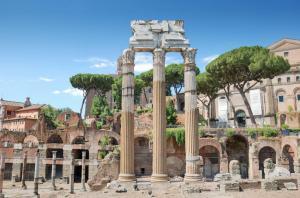
The 3 columns Corinthian order of the temple of Castor and Pollux (Tempio dei Dioscuri) is an ancient edifice in the Roman Forum, Rome, Italy.
Temple of Castor and Pollux was peripteral with 8 Corinthian columns on its brief sides and eleven on its long sides and with a cella on a concrete base (50x30x7 m.), initially dealt with with tufa blocks which were eliminated in modern-day times and recycled.
In the Forma Urbis (marble plan of Rome from the age of Septimius Severus) the structure has a main staircase not discovered by the archaeologists who discovered 2 lateral flights of stairs. It might have been removed in among the repairs to make space for the tribune of the Rostra, which, together with the one in front of the Temple of Divus Julius and the Rostras of the Comitia, consisted of the “Rostra Tria” pointed out in the sources for the Forum.
The podium we now see dates to the restoration performed by Metellius in 117 B.C., as do the stretches of black and white mosaic on the flooring of the cella.
Throughout the republican duration senate meetings were kept in the temple and after the middle of the Second century B.C. the podium likewise ended up being a tribune for magistrates and orators in the legal meetings that happened in this part of the forum square. It was from here that Caesar proposed his agrarian reforms.
Temple of Castor and Pollux ended up being the head office for the workplace of weights and steps also and throughout the duration of the Empire part of the treasury of the tax workplace was kept in spaces in the long sides. A few of these were likewise lenders workplaces.
The cult of the Dioscuri was initially Greek and it was imported into Rome by means of the cities in Magna Graecia. These twins, children of Zeus and Leda, were competent horsemen both in war and in competitors and for that reason were the clients of the Olympic Games and, in Rome, of the Circus games. This is why both in Magna Graecia and in Rome they were the tutelary gods of the equestrian upper class. In front of the temple in the Forum, the cavalry corps used a sacrifice in their honor and passed in evaluation prior to the censors.
Distance to the Colosseum
Temple of Castor and Pollux set in Roman Forum, 0,65 km from (8 min walk) from Colosseum.

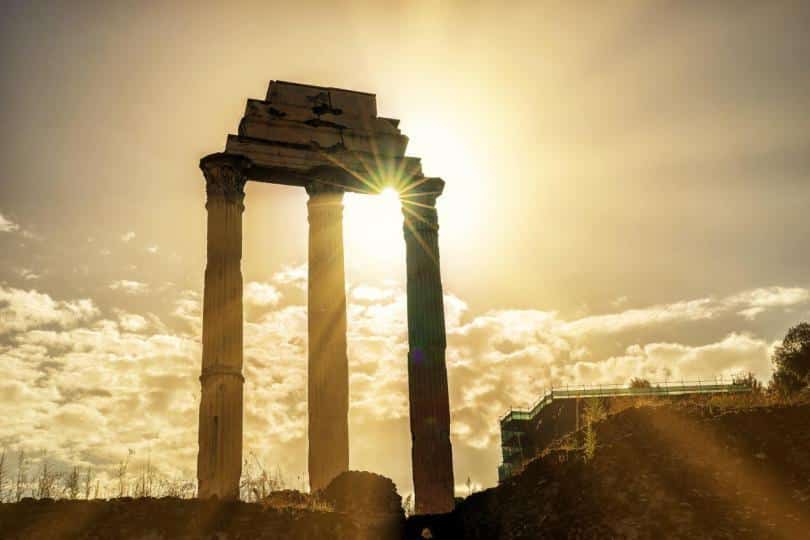
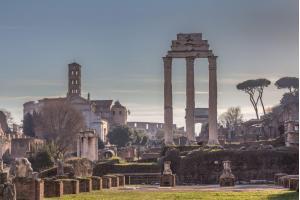

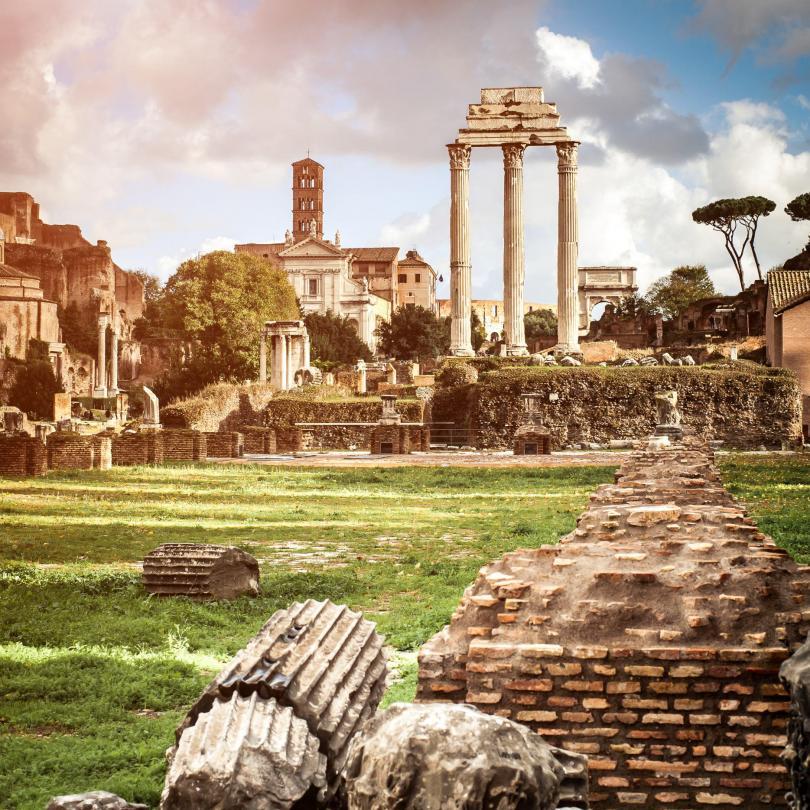
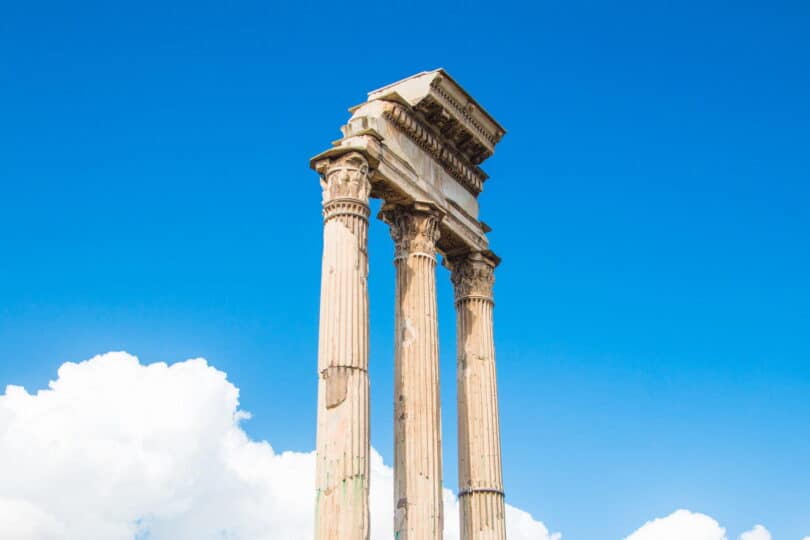
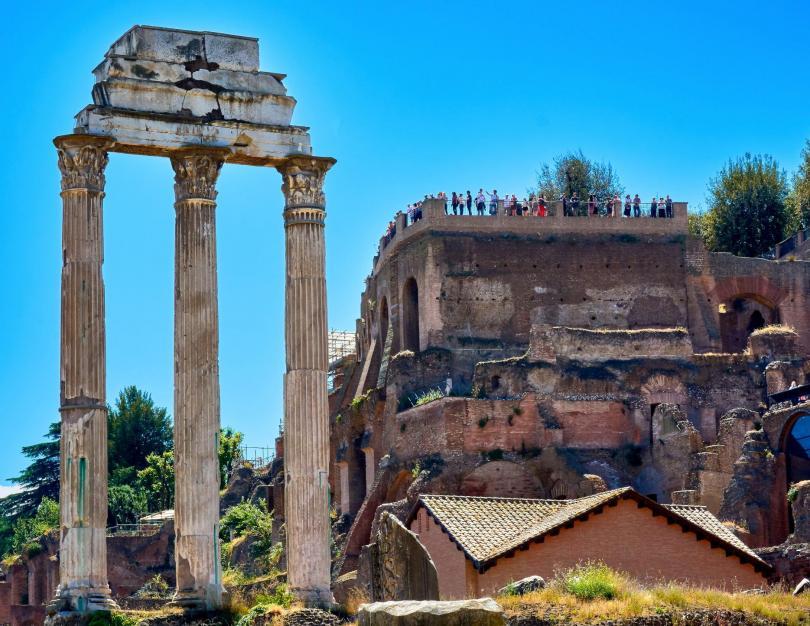
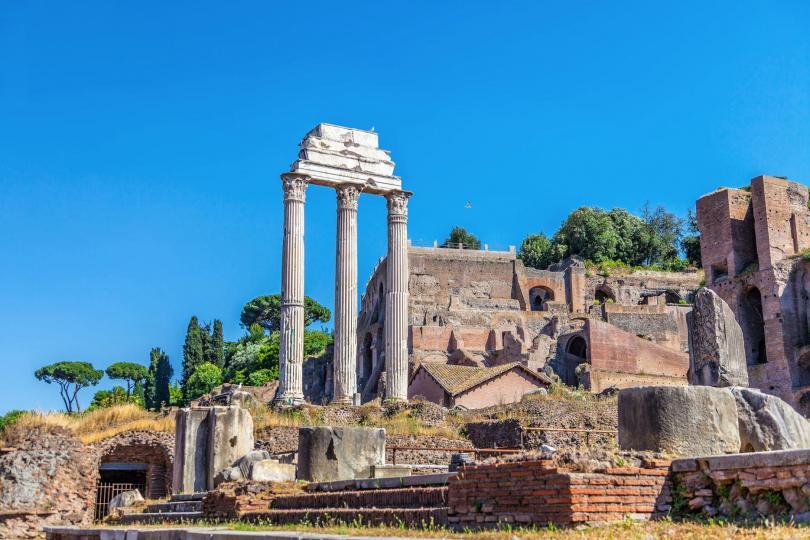

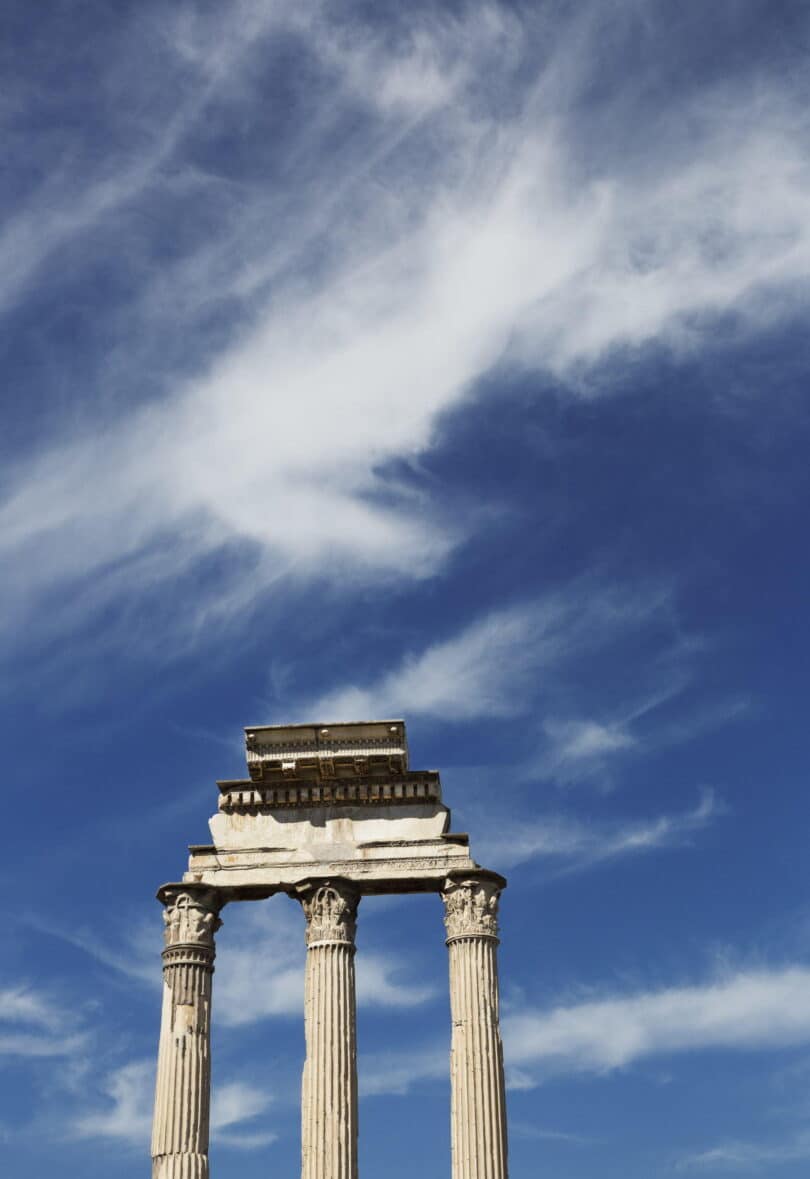
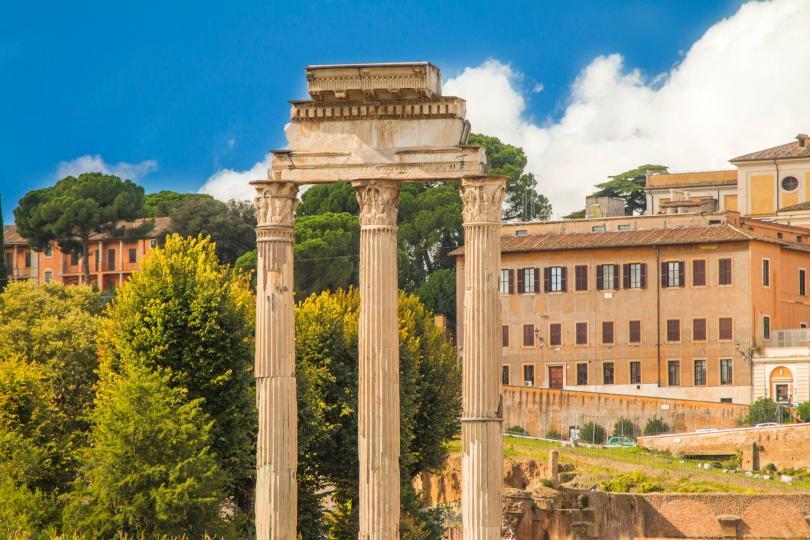
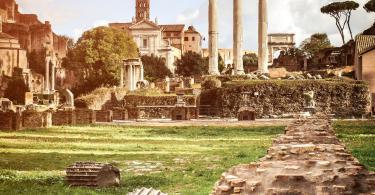
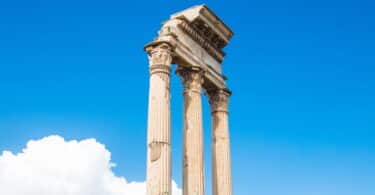
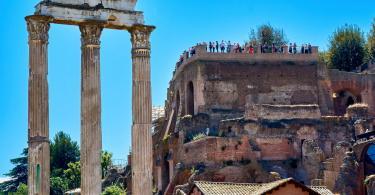
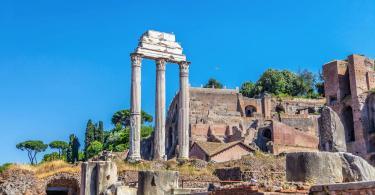
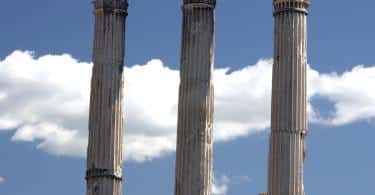
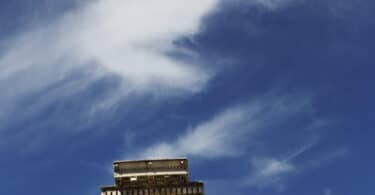
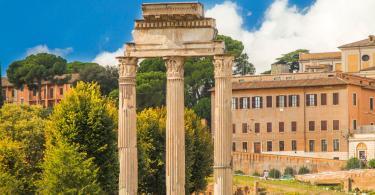

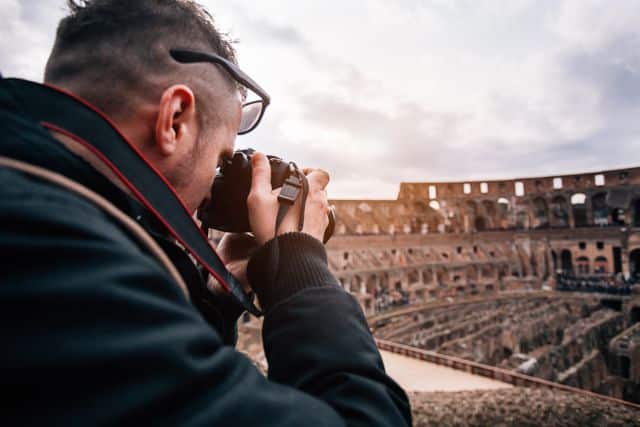
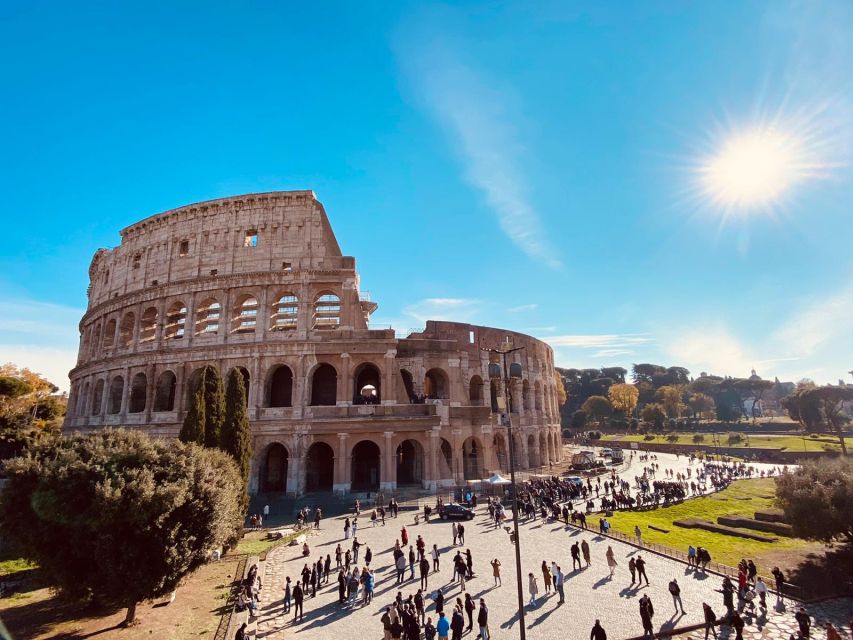


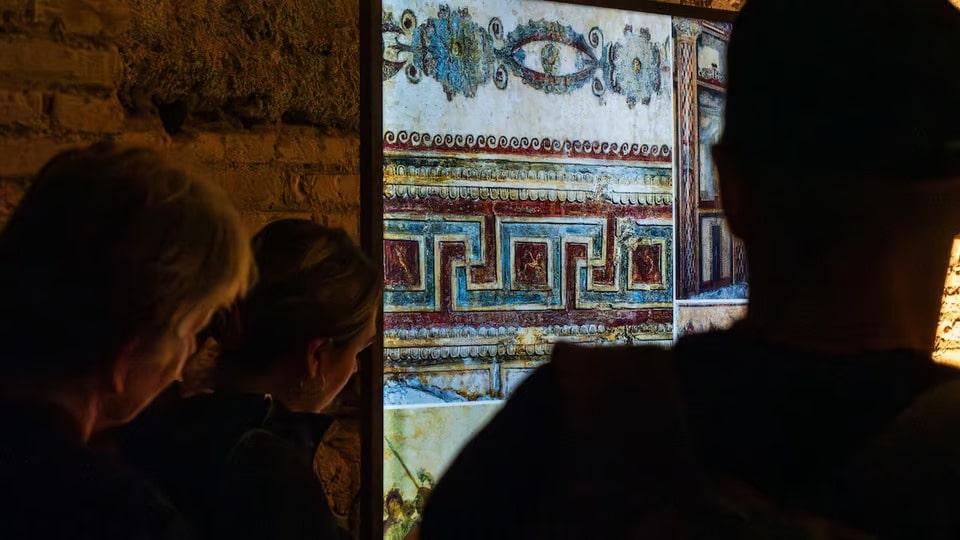

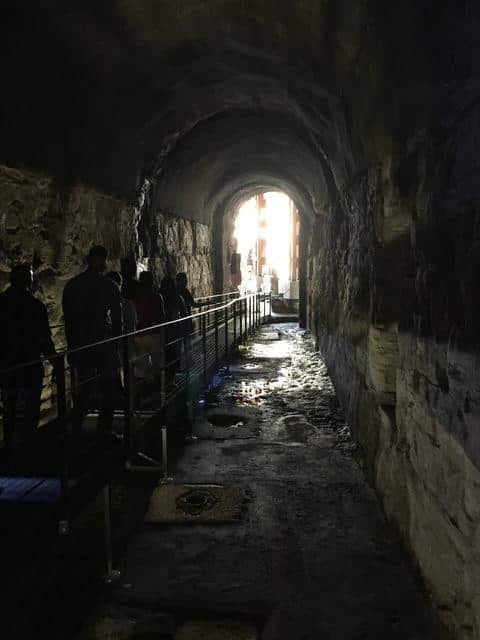
Leave a Comment